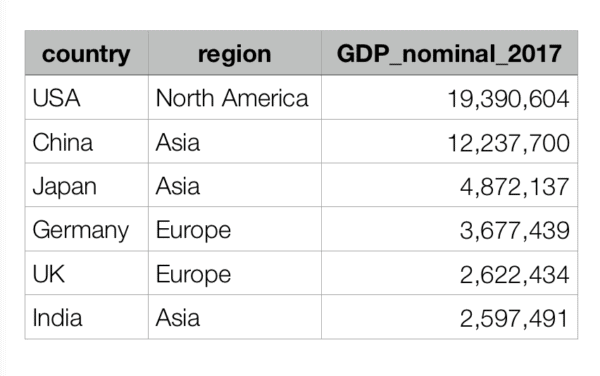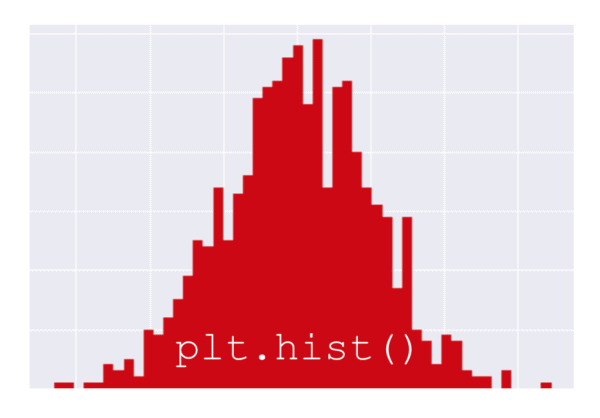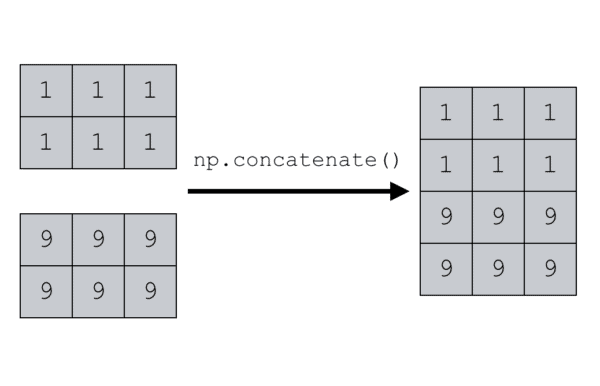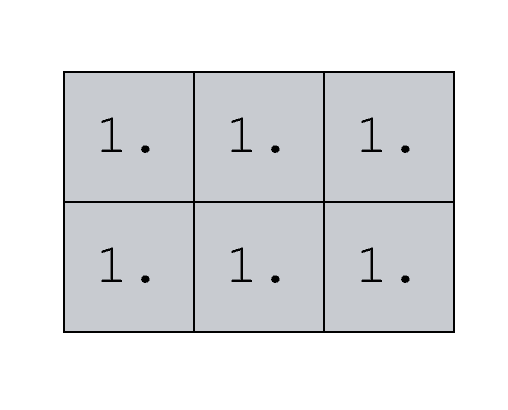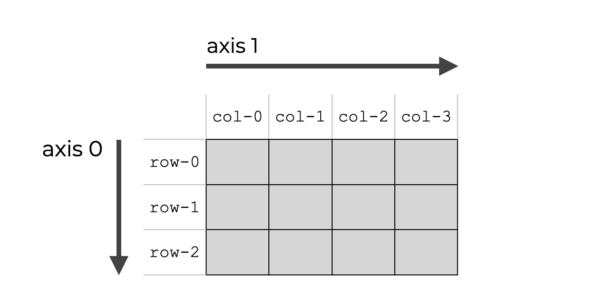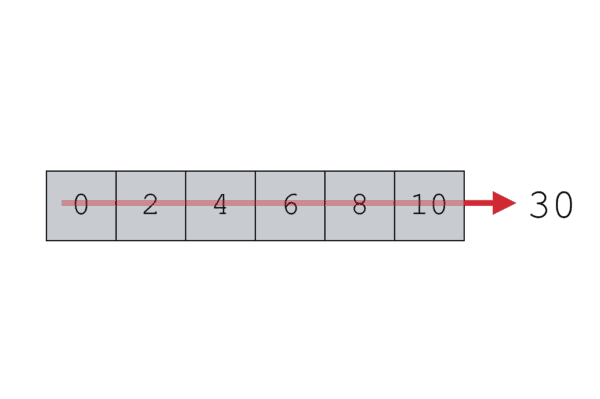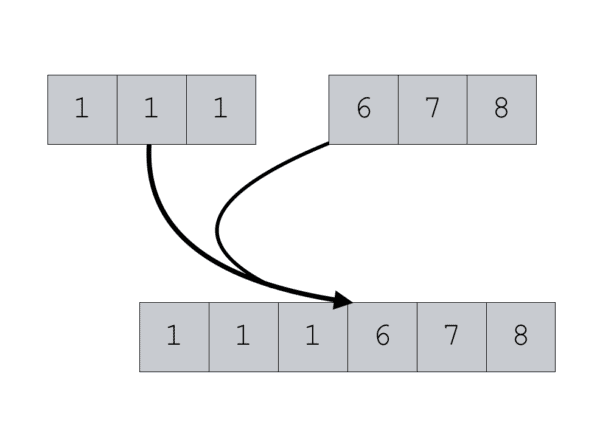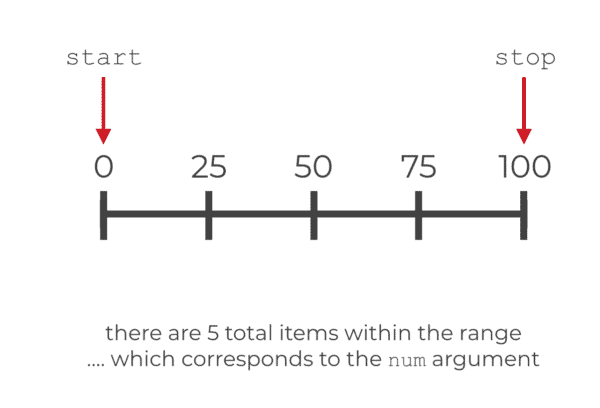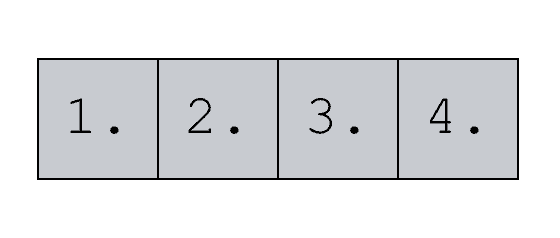Pandas dataframe: a quick introduction
This tutorial will give you a quick introduction to the Pandas DataFrame. At a high level, we’ll cover a few things: What Pandas is What Pandas DataFrames are How to create pandas DataFrames The basics of working with pandas DataFrames Each of the above links will take you to the appropriate section, so if you’re … Read more
